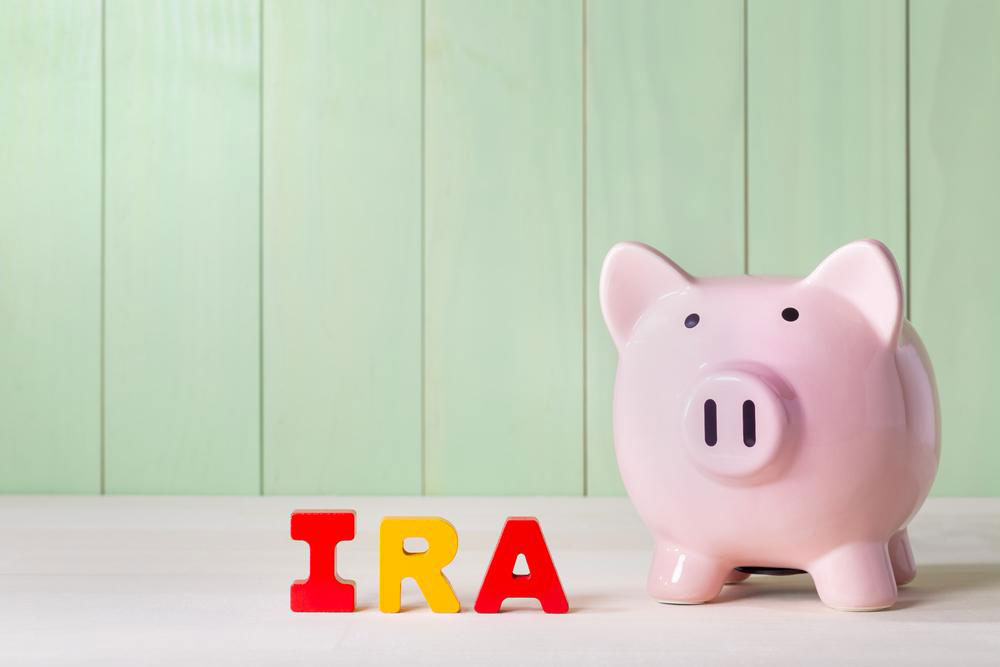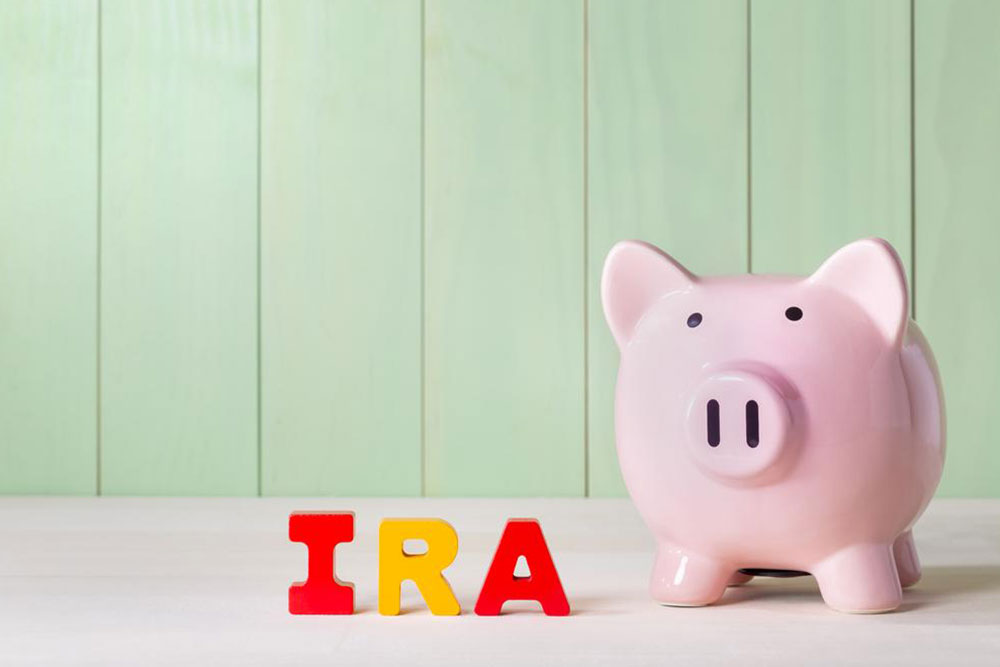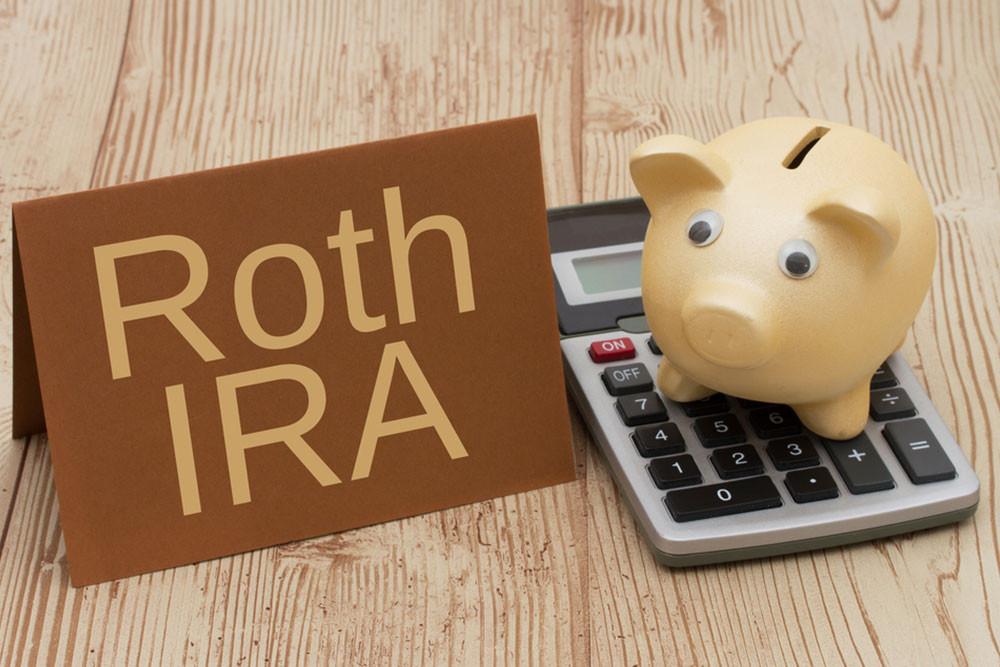Comprehensive Guide to the Financial Implications of Rollover IRAs
This comprehensive guide explores the financial implications, procedures, tax considerations, and strategic advantages of Rollover IRAs. It provides valuable insights into how to effectively transfer retirement funds, comply with IRS regulations, and optimize tax benefits. Whether changing jobs or planning your retirement, understanding Rollover IRAs is essential for making informed financial decisions that enhance your retirement savings. This article aims to equip readers with the knowledge needed to navigate Rollover IRA processes confidently and maximize their long-term financial security.

Comprehensive Guide to the Financial Implications of Rollover IRAs
Retirement planning is a critical aspect of financial security, and understanding the various mechanisms available to manage retirement assets is vital. One such mechanism is the Rollover IRA, which allows individuals to transfer their retirement savings from an employer-sponsored plan, such as a 401(k), 403(b), or profit-sharing plan, into a new Individual Retirement Account (IRA). This process facilitates greater investment flexibility and strategic tax planning. In this comprehensive guide, we will delve into the intricacies of Rollover IRAs, exploring their benefits, procedures, tax implications, regulations, and best practices to help you make informed financial decisions.
What Is a Rollover IRA?
A Rollover IRA is an individual retirement account that is used explicitly to transfer funds from an existing employer-sponsored retirement plan. Such transfers are often performed when changing jobs, retiring, or seeking better investment options. The primary purpose of a Rollover IRA is to preserve the tax-advantaged status of retirement funds while gaining access to a broader range of investment choices compared to traditional employer plans.
Funds eligible for rollover include amounts from 401(k)s, 403(b)s, profit-sharing plans, and other qualified retirement plans. The rollover process ensures that your savings continue to grow tax-deferred until you withdraw them during retirement, providing continuity and control over your financial future.
Advantages of Rollover IRAs
Compared to keeping your funds within a traditional employer-sponsored plan, a Rollover IRA offers several notable benefits:
Expanded Investment Options: Rollover IRAs typically provide access to a wider variety of investment vehicles, including individual stocks, bonds, mutual funds, ETFs, commodities, and alternative assets, allowing for diversified and tailored portfolios.
Consolidation of Retirement Accounts: Multiple old plans can be consolidated into a single account, simplifying management and tracking of your investments.
Potential Cost Savings: Rollover IRAs may offer lower fees and expenses, depending on the provider and investment choices.
Tax Flexibility: You can choose between traditional pre-tax or Roth post-tax accounts, based on your tax planning strategies and eligibility.
Understanding Rollover Procedures and Regulations
Before initiating a rollover, it is essential to understand the process and adhere to IRS regulations to avoid unintended tax consequences.
Steps to Complete a Rollover
Contact your current plan administrator to verify if a rollover is permitted and to obtain necessary forms and instructions.
Determine whether you will perform a direct or indirect rollover. A direct rollover involves the funds moving directly from one plan to another, which maintains tax-deferred status and avoids withholding taxes. An indirect rollover involves receiving a distribution and depositing it into an IRA within 60 days, but 20% may be withheld for taxes.
Complete the rollover process by submitting the required documentation and ensuring the transfer is processed within the appropriate timeline.
After the transfer, confirm that the funds are correctly deposited into the new IRA account and update your investment allocations accordingly.
Tax Implications of Rollover IRAs
One of the main concerns with any rollover is understanding its tax impact. Generally, direct rollovers are tax-free events, provided the process follows IRS regulations. However, there are specific considerations to keep in mind:
Withholding Requirements: When you opt for an indirect rollover, the plan administrator must withhold 20% of the distribution for federal taxes. You are responsible for depositing this amount into your IRA to avoid taxes and penalties on the withheld sum.
Tax-Deferred Transfers: Transfers made directly between qualified plans or from a plan to a rollover IRA are not taxed, as they are considered custodial transfers rather than distributions.
Same-Account Repayments and 60-Day Rule: If you withdraw funds and redeposit into the same or another IRA within 60 days, this qualifies as a rollover, which is not taxed. This rule allows you to do one rollover per year across all IRAs, subject to IRS limits.
Partial Withdrawals and Their Effects
In some cases, an individual may need to withdraw only a part of their retirement funds. Partial withdrawals are permissible, but taxes will apply on the withdrawn amount, especially if your account holds pre-tax contributions and earnings. It is advisable to consult a tax professional before executing partial withdrawals to understand the tax implications and avoid penalties.
Inheritance Rules and Rollover IRAs
When inheriting a retirement account, the rules for rollovers differ based on the beneficiary's relationship to the original account holder:
Spouse Beneficiaries: Spouses can roll over their inherited retirement benefits into their own IRA, allowing for continued tax-deferred growth and flexible distributions.
Non-Spouse Beneficiaries: Non-spouse heirs are generally required to accept a mandatory distribution within a set period and are not permitted to roll over the inherited funds into their own IRAs. They should plan accordingly for the required distributions to avoid penalties.
Tax Reporting and Compliance
Although rollover transactions are typically not taxable events, proper reporting is essential to stay compliant with IRS regulations. You must report the rollover on your tax return, usually using Form 1099-R, indicating the nature of the transfer to prevent penalties or audits.
Traditional vs. Roth IRA Rollovers
One of the strategic decisions involves choosing between converting your traditional IRA funds into a Roth IRA or performing a traditional rollover. Converting to a Roth IRA involves paying taxes on the transferred amount now, but future qualified withdrawals will be tax-free. This approach is advantageous if you anticipate higher tax rates in retirement or seek tax-free growth.
Conversely, rolling over into a traditional IRA preserves the current tax-deferred status, making it suitable for those who prefer to defer taxes until withdrawal.
Conclusion: Making the Most of Your Rollover IRA
Understanding the financial impact of Rollover IRAs is crucial for optimizing your retirement planning strategy. Selecting the right type of rollover, complying with IRS rules, and considering tax implications can enhance your investment growth and provide greater control over your retirement assets. Always consult with financial advisors or tax professionals to tailor your approach to your unique financial situation and long-term goals. Proper management of your rollover IRA can be a powerful tool in securing a comfortable retirement.





